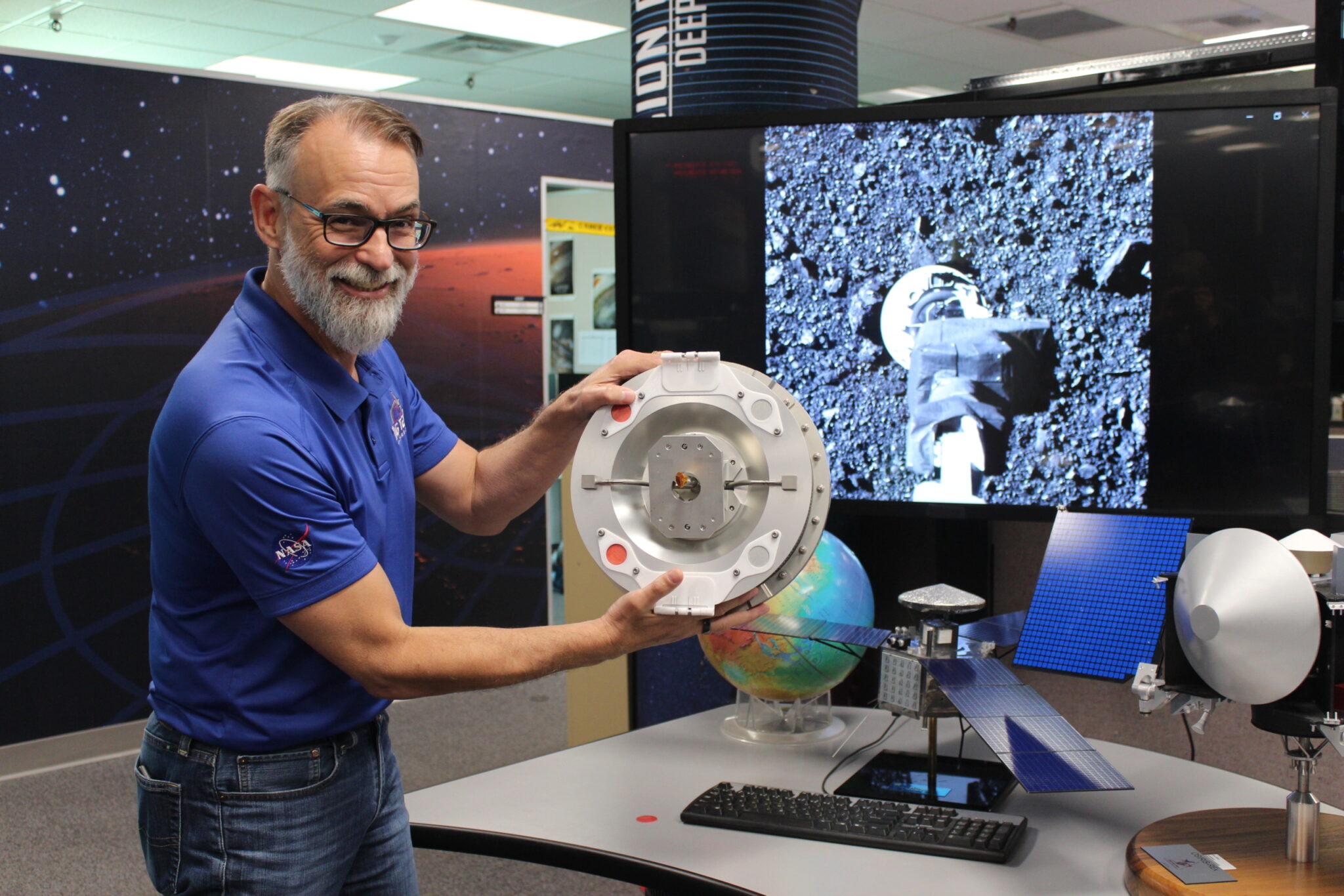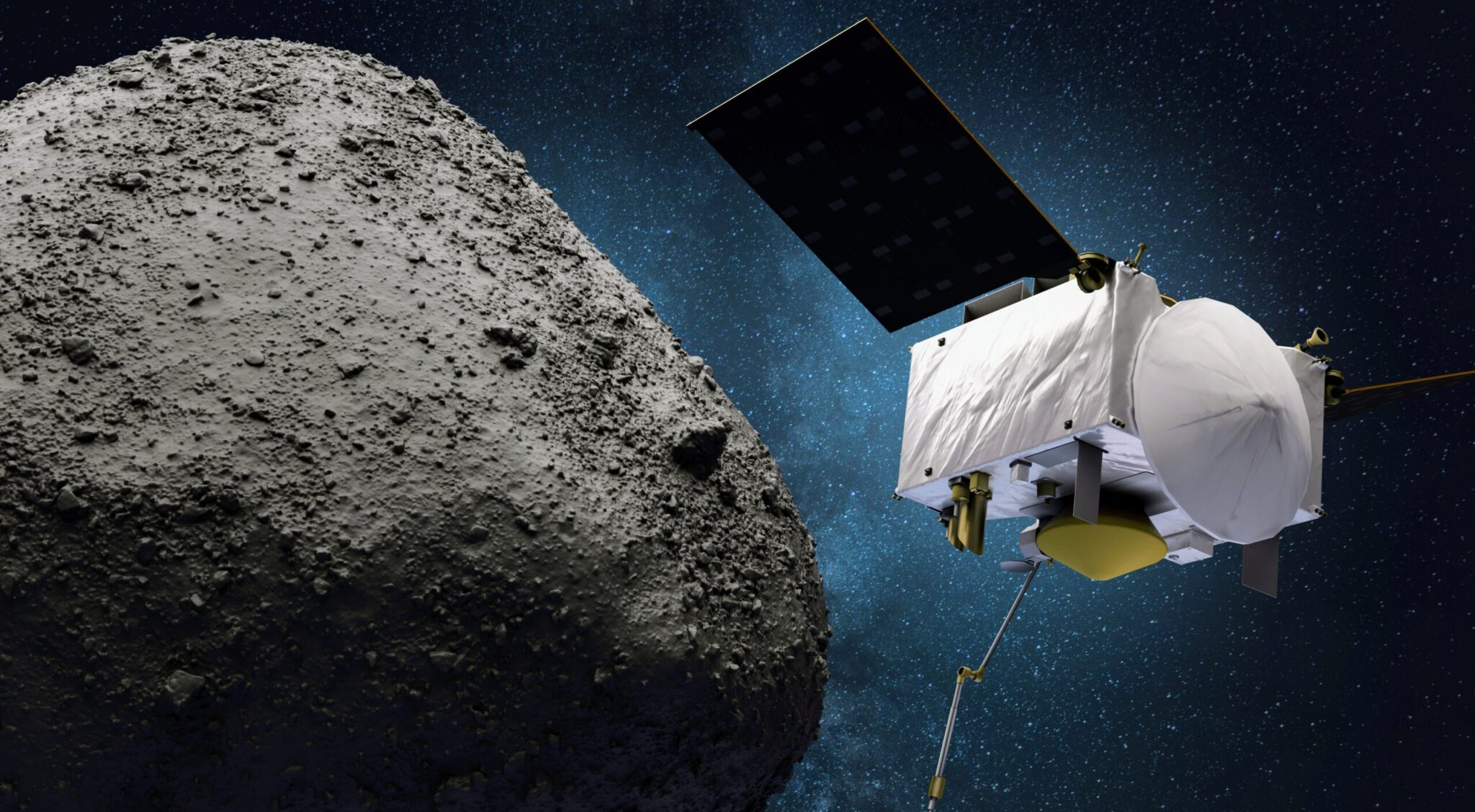NASA has spent a huge amount to prevent a possible asteroid collision with Earth. This amount was paid to scientist Dante Lauretta, who undertook to lead a mission to study how to counteract the fall of an asteroid to Earth.

“In 2011, NASA awarded me a billion dollars,” Dante comments in an interview with Mail Online.
In 2016, the OSIRIS-REx spacecraft was launched to the asteroid Bennu. In 2018, it reached the asteroid and in 2020 collected valuable rock samples from its surface, after which it headed for Earth. These samples were successfully delivered to Earth in 2023, revealing significant data about the asteroid.
Bennu, the size of a skyscraper, is considered one of the most dangerous of the “potentially dangerous” asteroids for Earth, since it is located at a distance of approximately 7.4 million km from the planet. The probability of a Bennu collision with our planet between 2175 and 2199 is estimated as 1 in 2,700.

“It was ‘a chance to determine whether we should prepare for disaster’,” explains Dante.
If Bennu had fallen to the Earth, the consequences would have been extremely devastating. The collision would have caused an explosion equivalent to 1,450 megatons of TNT equivalent — almost three times more powerful than the amount of energy spent on all nuclear tests on the planet. The impact would have left a giant crater and caused an earthquake with a magnitude of 6.7, as well as a devastating shock wave that would have circled the Earth several times.

A smaller part of humanity would have survived from such an apocalyptic event, which would have faced an unprecedented humanitarian catastrophe: lack of food and water, destroyed infrastructure, power and communication outages would have lasted for months.
Studies have shown that Bennu is not a dense piece of rock, but consists of rocks connected together by gravity, which resembles a huge pool with plastic balls. The delivered samples revealed minerals and “building blocks of life” unseen on Earth. But most importantly, this mission has helped scientists better understand such asteroids and develop strategies to counter such dangers from space.
Earlier, we reported on how the NASA warning system predicted an asteroid falling to Earth.
According to unilad.com
Follow us on Twitter to get the most interesting space news in time
https://twitter.comne/ust_magazine


